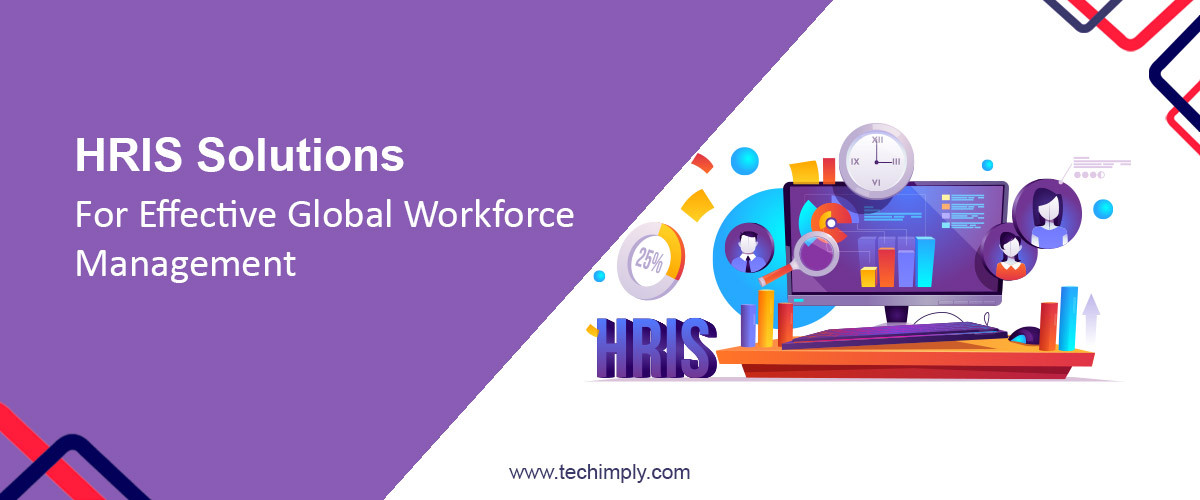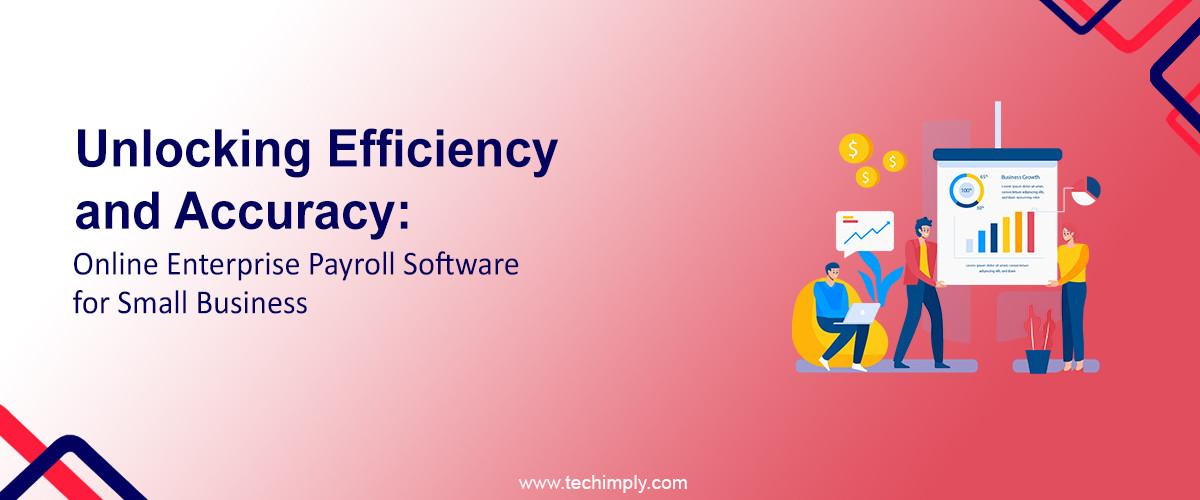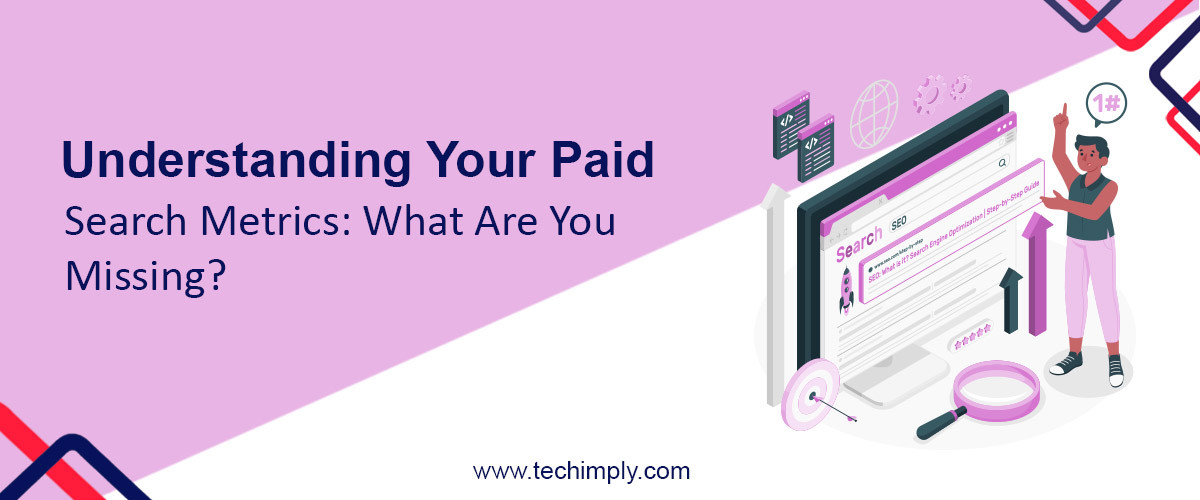In today's interconnected world, businesses are expanding their operations across borders like never before. With this global expansion comes the challenge of managing human resources across different countries and cultures. Human Resource Information Systems (HRIS) have emerged as essential tools to streamline HR processes and bridge the gap between diverse workforces. This article explores the significance of HRIS for global workforces, its benefits, challenges, and best practices for optimizing HRIS Software to manage HR across borders effectively.
Understanding the Global Workforce Landscape
Globalization has transformed the workforce landscape, leading to increasingly diverse teams spread across various geographic locations. Companies now hire talent from different countries, time zones, and cultural backgrounds, making HR management a complex task. Whether it's dealing with international payroll, compliance with local labor laws, or understanding cultural nuances, managing a global workforce requires a strategic approach.
Challenges in Managing Global HR
Managing HR across borders poses several challenges that HRIS can address effectively:
1. Compliance and Legal Requirements
Navigating diverse labor laws across countries poses a compliance challenge for HR departments. HRIS solutions simplify this complexity by automating compliance checks and granting instant access to current legal information. This streamlines HR operations, ensuring that organizations remain compliant with local regulations, minimizing legal risks, and enhancing the overall efficiency of global HR management.
2. Cultural Differences
Recognizing and appreciating cultural nuances is essential in global HR management. HRIS plays a pivotal role by offering cross-cultural training modules and resources. These tools enhance intercultural communication, fostering a more inclusive and harmonious work environment. By bridging cultural gaps, HRIS contributes to stronger team cohesion and ensures that employees from diverse backgrounds feel valued and understood.
3. Time Zone and Language Barriers
Coordinating tasks and communication across diverse time zones and languages is a daunting task. HRIS solutions come to the rescue with built-in translation services and scheduling tools customized for various time zones. This simplifies cross-border collaboration, ensuring that teams can work seamlessly regardless of their geographic locations, ultimately boosting productivity and efficiency within a global workforce.
4. Payroll and Benefits
Handling payroll and benefits across the globe is intricate due to differing tax laws, currencies, and benefits structures. HR Software simplify this complexity by centralizing these processes. This ensures precision in calculations, compliance with local regulations, and seamless administration of employee benefits, leading to cost-efficiency and reducing the administrative burden associated with managing global payroll and benefits.
5. Data Security and Privacy
As employee data crosses borders, safeguarding data security and privacy becomes a top priority. HRIS systems offer robust security measures, including encryption and access controls, to protect sensitive information. Furthermore, they assist in ensuring compliance with data protection regulations like GDPR by providing tools for data consent management and data access transparency. This reassures employees that their personal information is handled with the utmost care and legal compliance.
6. Integration with Global Operations
Integrating HRIS with other critical systems, such as finance and project management, is imperative for businesses operating globally. This integration streamlines operations by enabling seamless data flow across departments and locations. It enhances efficiency, reduces manual data entry errors, and provides a holistic view of organizational processes, allowing for better decision-making and resource allocation in a multinational environment.
The Role of HRIS in Managing Global HR
HRIS plays a pivotal role in addressing these challenges and streamlining HR processes for global workforces. Here are some key functions and benefits:
1. Centralized Database
HRIS consolidates employee data into a secure, centralized repository, accessible to HR teams worldwide. This centralization promotes data consistency, minimizing discrepancies and ensuring that HR professionals have accurate and up-to-date information, which is crucial for making informed decisions and managing a global workforce effectively.
2. Automated Processes
HRIS streamlines HR processes by automating repetitive tasks like onboarding, performance assessments, and time tracking. This automation diminishes the likelihood of errors, enhances operational efficiency, and allows HR professionals to allocate more time and energy toward strategic endeavors such as talent development and organizational growth.
3. Compliance Management
HRIS platforms can be tailored to monitor and stay abreast of local labor laws and regulations. This adaptability ensures that HR practices remain compliant with the specific legal requirements of each country in which an organization operates, reducing legal risks and promoting adherence to local employment laws and regulations.
4. Multi-Language and Multi-Currency Support
HRIS systems are equipped to accommodate multiple languages and currencies, enhancing accessibility for diverse global teams. This feature ensures that employees across various regions can access and comprehend HR information effortlessly, fostering better communication and understanding of HR policies and resources.
5. Data Analytics
HRIS offers robust analytics tools for organizations to analyze their global workforce data. These insights enable data-driven talent management decisions, helping identify trends, strengths, and areas for improvement within the workforce. This data-driven approach empowers organizations to optimize their HR strategies and enhance overall performance.
6. Self-Service Portals
HRIS often includes self-service portals, allowing employees to independently access and manage their personal data. This empowers employees to request time off, update information, and access HR resources, reducing administrative tasks for HR professionals. It enhances efficiency, engagement, and employee satisfaction while streamlining HR operations.
7. Security and Compliance
HRIS platforms prioritize data security with strong measures like encryption, access controls, and user authentication. These measures safeguard sensitive employee information from unauthorized access or breaches. Furthermore, HRIS systems are configured to align with data privacy regulations, such as GDPR, ensuring that data handling remains compliant and secure.
Best Practices for Implementing HRIS for Global Workforces
To maximize the benefits of HRIS for managing HR across borders, organizations should follow these best practices:
1. Define Clear Objectives
When implementing HRIS, it's essential to begin by clearly articulating your organization's unique goals. Whether the focus is on enhancing efficiency, ensuring compliance with regulations, or boosting employee engagement, a well-defined objective provides direction and clarity, guiding the selection, implementation, and utilization of HRIS to meet these specific needs effectively.
2. Select the Right HRIS System
Selecting the right HRIS platform is critical. It should align with your organization's unique requirements and have the scalability to accommodate global operations. Consider factors such as multi-language support for diverse teams, scalability to adapt to growth, and robust integration capabilities to ensure seamless interaction with other systems, promoting efficiency and flexibility.
► Read More:7 Best HRIS Software Functions You Need To Know About
3. Involve Stakeholders
Involving HR professionals from various regions and departments is essential during HRIS selection and implementation. Their insights and perspectives ensure that the system caters to diverse needs and requirements, facilitating better alignment with the organization's global HR management strategies and fostering greater user acceptance and satisfaction.
4. Data Migration and Cleanup
Meticulous data cleaning and migration are pivotal steps in HRIS implementation. Careful handling of existing HR data ensures accuracy and integrity within the new system. This critical process minimizes errors, avoids data loss, and establishes a strong foundation for effective HR management in the future.
5. Training and Support
Offering thorough training for HR staff and employees is crucial for the successful adoption of HRIS. Additionally, providing continuous support ensures that users can effectively utilize the system, troubleshoot problems, and maximize its capabilities, ultimately enhancing user proficiency and satisfaction throughout its use.
6. Customization and Localization
Offering thorough training for HR staff and employees is crucial for the successful adoption of HRIS. Additionally, providing continuous support ensures that users can effectively utilize the system, troubleshoot problems, and maximize its capabilities, ultimately enhancing user proficiency and satisfaction throughout its use.
7. Data Security
Implementing robust security measures is paramount to safeguard sensitive HR data within an HRIS. Furthermore, ensuring that the HRIS aligns with data protection laws such as GDPR or HIPAA is essential. This approach assures data integrity, confidentiality, and legal compliance, instilling trust in employees and reinforcing data security.
8. Regular Updates and Maintenance
Regularly updating the HRIS system with software upgrades and enhancements is crucial. These updates not only address security vulnerabilities but also introduce new features and improvements that enhance system performance and user experience. Keeping the HRIS current ensures it remains efficient, secure, and aligned with evolving organizational needs.
9. Feedback and Continuous Improvement
Collecting feedback from HR professionals and employees is essential for continuous improvement of the HRIS system. Their insights and suggestions can highlight areas where the system may fall short or require enhancements. This feedback-driven approach ensures that the HRIS remains aligned with evolving needs, enhancing its effectiveness and user satisfaction.
Conclusion
In an era of global business operations, managing HR across borders is a complex but essential task. HRIS systems offer a comprehensive solution to overcome the challenges associated with global HR management. By centralizing data, automating processes, ensuring compliance, and providing analytical insights, HRIS empowers organizations to optimize their HR operations on a global scale.
Implementing HRIS for global workforces requires careful planning, collaboration, and ongoing support. However, when done right, it can lead to increased efficiency, improved compliance, and better employee experiences. As businesses continue to expand their global footprint, investing in a robust HRIS system becomes not just an option but a strategic imperative for success in managing HR across borders.






